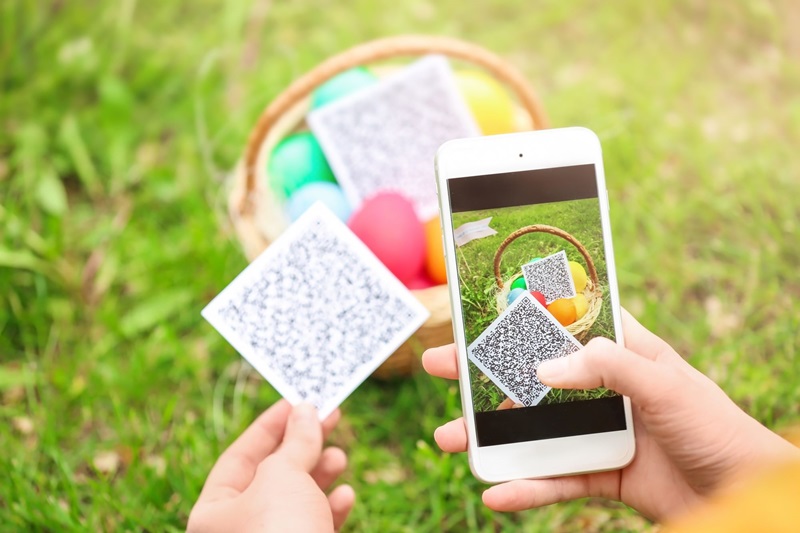Simplifying Event Photo Sharing With QR Codes

Guest post from CV Linens.
Every event seems like a reunion of friends and family, and capturing those special moments has become a vital element of the celebration. With the rise of smartphones and digital apps, the process of keeping and sharing memories has evolved. One innovative and effective way that has gained popularity is event photo sharing with QR codes.
This game changer provides event organizers with a simpler approach to managing and distributing photos. Whether it's a wedding, a birthday bash, or a corporate event, QR code-based photo sharing adds ease and style to any occasion.
If you're in the midst of event planning and want a simple way to include photo sharing in your parties, this blog is your go-to guide. Make sure the memories from your next event are easily captured and shared!
Benefits of Using Event QR Codes

QR codes make photo sharing much easier. These Quick Response barcodes can store a wide range of data, including simple text, URLs, and multimedia content such as photo albums or galleries. When it comes to event photo sharing, QR codes have numerous perks that improve the overall guest experience.
For starters, QR codes allow you to access photos instantly. There are no more tedious steps or additional apps needed; guests may easily relive their experience with a simple scan. Say goodbye to the fuss and hello to a flawless experience.
Sharing also becomes easier. Forget about manually sending pictures through social media, Bluetooth, or Airdrop. Organizers can simply distribute QR codes via email, event apps, or signages, creating a central online hub where everyone can easily access event photos.
QR codes also add a touch of social stardust, generating interactions and conversations among guests. The shared photo experience brings people together. You can even customize QR codes to match your event's theme or branding, infusing a personal touch to every scan.
How Photo Sharing via QR Code Works
Event photo sharing with QR codes is as simple as snapping your fingers. Here's how you can easily share memories:
- Begin by setting up an event gallery where photos taken at the event will be stored. This can be done using a dedicated event photo-sharing platform or app.
- Once the event gallery has been created, create a QR code that directs visitors to the gallery. Many photo-sharing platforms include built-in event QR code generators for this purpose.
- Include the QR code on your event materials, such as invites, signs, or programs. Make sure the QR code is visible and accessible to guests.
- During the event, urge guests to scan the QR code with their smartphone. Provide instructions or display the QR code in high-traffic areas of your venue.
- After scanning the code, guests will be taken to the event gallery, where they may view and interact with the pictures in real time. They can look at the photos, add comments, and even post their favourite moments on social media.
Implementing QR Code Photo Sharing at Events
To successfully use QR codes for event photo sharing, provide easy-to-follow scanning instructions. Use visual aids like posters or signage to guide your visitors.
Place QR codes at high-traffic areas such as the registration desk, entrance, and each table. You can also include QR codes in your event materials, such as brochures, programs, and place cards.
It is also important to ensure that the gallery you have set up is mobile-friendly, as attendees will most likely use smartphones to see the photos. Before your event, check the QR codes for potential issues. These suggestions contribute to a smooth experience for all guests.
Elevate Events with QR Codes!
Use QR codes to capture every wonderful moment! Photos of special moments are just as important to an event as any other aspect. From exquisite event table linens to durable backdrop stands for photos, every event detail should be thoroughly planned. But don't forget the most crucial thing: your guests! With QR code photo sharing, you can make sure your friends and family are included in the picture-perfect experiences.
Happy clicking!